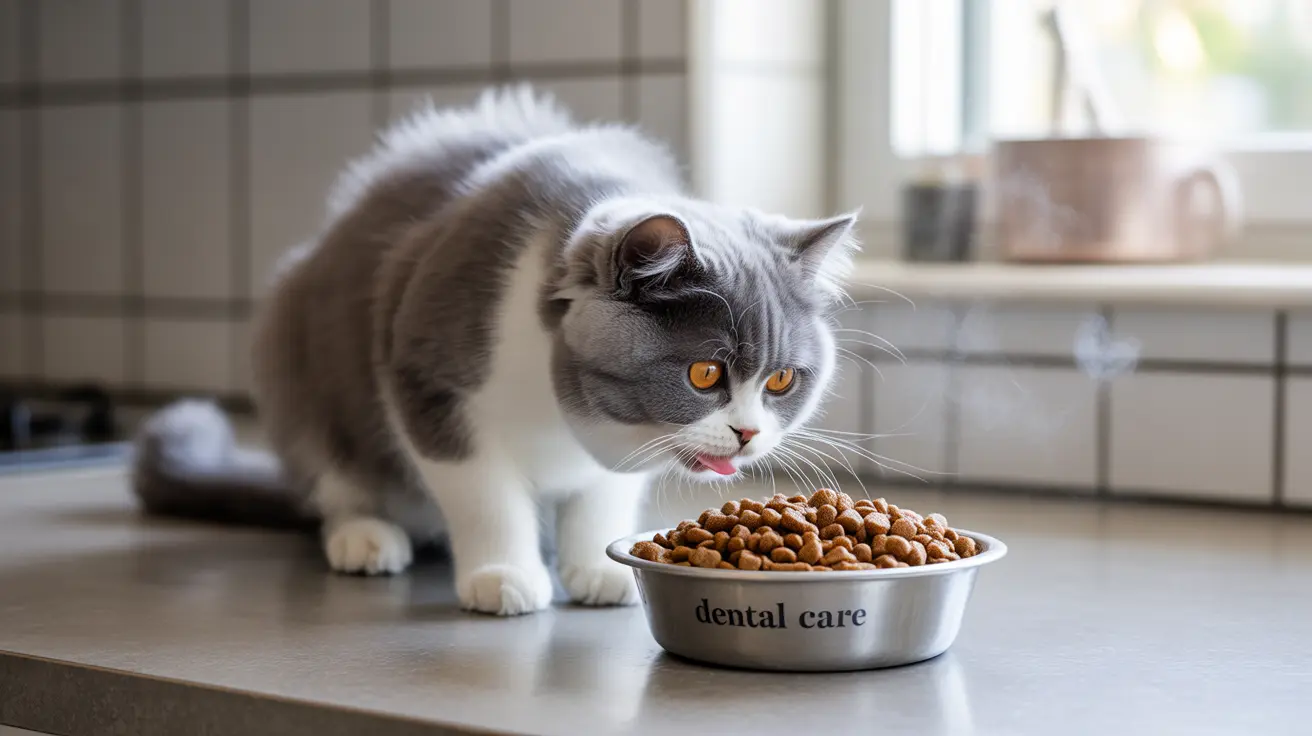Understanding Dental Problems in Senior Cats
Dental disease affects an overwhelming majority of cats over age three, with the condition becoming increasingly common as cats age. Many cats suffer silently with dental pain, as they're naturally inclined to hide their discomfort. This makes it crucial for pet owners to be proactive about their cat's dental health and dietary needs.
Identifying the Right Food Texture
When choosing food for cats with dental issues, texture is paramount. While traditional dry kibble may be too hard, there are several alternatives available:
- Semi-moist kibble formulations
- Rehydratable dry food
- Small, easily dissolvable kibble pieces
- Tender-center dry food options
Best Food Options for Dental Health
Soft Dry Food Alternatives
While true soft dry food options are limited, several manufacturers offer modified kibble that's easier on sensitive teeth:
- Royal Canin Aging 12+ (smaller, more tender kibble)
- Hill's Science Diet Tender Dinners
- Purina Pro Plan Focus Adult 11+ (softer texture)
Wet Food Supplements
Many veterinarians recommend combining soft dry food with wet food options to ensure proper nutrition and hydration:
- Pate-style canned foods
- Mousse textures
- Gravy-rich varieties
- Rehydrated freeze-dried options
Transitioning to Softer Foods
When introducing new food to cats with dental issues, a gradual transition is essential to prevent digestive upset. Start by mixing small amounts of the new food with their current diet, slowly increasing the proportion over 7-10 days.
Nutrition Considerations
Beyond texture, ensure the chosen food meets these essential criteria:
- High-quality protein sources
- Appropriate calcium levels for dental health
- Essential fatty acids for inflammation control
- Adequate moisture content
- Age-appropriate vitamin and mineral content
Tips for Feeding Success
To maximize your cat's comfort while eating:
- Serve food at room temperature
- Consider elevated feeding dishes
- Monitor eating habits closely
- Maintain regular feeding schedules
- Clean food bowls thoroughly between meals
Frequently Asked Questions
What are the best types of soft dry food options for cats with bad teeth or no teeth?
The best options include semi-moist kibble, rehydratable dry food, and smaller kibble pieces designed for senior cats. Look for products specifically formulated for dental sensitivity, such as Royal Canin Aging 12+ or Hill's Science Diet Tender Dinners.
How can I transition my cat with dental problems to a softer diet without causing digestive upset?
Make the transition gradually over 7-10 days, starting with 25% new food mixed with 75% current food, slowly increasing the proportion of new food while monitoring your cat's response and digestion.
Are there specific nutritional needs for older cats with dental disease I should consider when choosing soft food?
Yes, look for foods with high-quality protein, appropriate calcium levels, essential fatty acids, and adequate moisture content. Senior cats may also benefit from added joint support supplements and controlled phosphorus levels.
Can soft dry food alone help improve my cat's dental health, or do I need to combine it with other treatments?
While appropriate food choices are important, they should be combined with regular veterinary check-ups and professional dental care. Soft dry food alone cannot prevent or treat existing dental disease.
Are there veterinary-recommended brands or formulas of soft dry or wet food ideal for cats suffering from tooth decay or periodontal disease?
Yes, veterinarians often recommend specific prescription diets from brands like Royal Canin, Hill's Science Diet, and Purina Pro Plan Veterinary Diets. These should be selected based on your cat's specific dental condition and overall health needs.
Conclusion
Finding the right soft dry food for cats with dental problems requires careful consideration of texture, nutritional content, and individual needs. While several commercial options are available, success often lies in combining different food types and maintaining regular veterinary care. Remember to monitor your cat's eating habits and comfort levels, adjusting their diet as needed to ensure optimal nutrition and quality of life.






